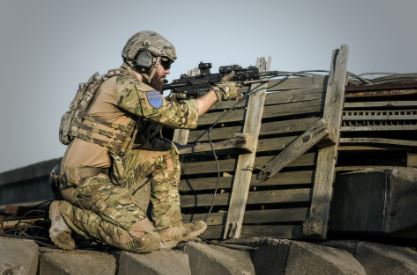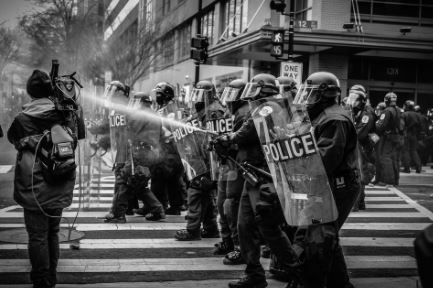Body armor is an important part of personal protection. It helps protect the wearer against bullets and other projectiles. In recent years, there have been many advances in body armor technology, making it lighter and more effective than ever before. This blog post will discuss the different types of body armor available today, as well as their advantages and disadvantages.
Lightweight materials
In these modern times, body armor designs have evolved to use lighter materials. This is to facilitate better mobility for the user, as well as to reduce fatigue over long periods of wear. One such material is Kevlar, which is used in many modern bulletproof vests. Kevlar is a high-strength synthetic fiber that can stop bullets and other projectiles. This lightweight protection will prove to be beneficial for many users. However, it is not completely bulletproof and can be defeated by high-powered rounds.
Another material that is often used in body armor is ceramic. Ceramic plates are often used in conjunction with Kevlar to provide better protection. Ceramic plates are very strong and can stop most types of bullets. However, they are also very brittle and can be broken if hit by a hard object. One disadvantage of lightweight body armor is that it can be less effective against high-powered rounds. Heavier materials tend to dissipate the energy from these rounds, whereas lighter materials may not be as effective in doing so. Furthermore, lightweight body armor can also be more susceptible to penetration than heavier armor.
Protection levels
The level of protection provided by body armor is typically classified into three levels: Level II, Level III, and Level IV. Level II body armor is designed to protect against lower-powered rounds, such as those fired from a handgun. This type of armor will usually stop most types of pistol bullets. However, it may not be able to stop more powerful rounds, such as those fired from a rifle. Level III body armor often protects against rifle rounds. It is designed to stop most rounds from a standard assault rifle. This type of armor will usually stop most types of rifle bullets. Just keep in mind that it may not be able to stop rounds from a high-powered rifle, such as an assault rifle.
Level IV body armor is the most powerful and provides the highest level of protection. This type of armor will usually stop all types of rounds, including those fired from a machine gun. However, it is also the heaviest and most cumbersome to wear. This means that it may not be as suitable for everyday use. Rather, it is more often used by military and law enforcement personnel who are expecting to encounter high-powered rounds.
There are many factors to consider when choosing the right level of body armor for your needs. It is important to consider the type of rounds that you are most likely to encounter. If you are most concerned about protection against rifle rounds, then Level III or IV body armor would be a good choice. However, if you only need protection against handgun rounds, then Level II body armor would be a better option.
Fit and comfort
The design of body armor has also evolved to provide better fit and comfort for the user. In the past, body armor was often bulky and uncomfortable to wear. However, modern designs are much slimmer and form-fitting. This makes them more comfortable to wear, as well as less noticeable under clothing.
To make the design slimmer, body armor manufacturers have had to make some sacrifices in terms of protection. This is because the thinner the armor, the less effective it will be at stopping rounds. However, most manufacturers have been able to find a good balance between protection and comfort. This means that you can still get good protection without having to sacrifice too much in terms of comfort.
There are many different types of body armor available on the market today. It is important to do your research and find the right type of armor that fits your needs. Body armor can provide you with peace of mind, knowing that you are better protected against potential threats.

In conclusion, body armor is an important part of personal protection. It helps protect the wearer against bullets and other projectiles. In recent years, there have been many advances in body armor technology, making it lighter and more effective than ever before. This blog post has discussed the different types of body armor available today, as well as their advantages and disadvantages. Hopefully, this information will help you choose the right type of body armor for your needs.

